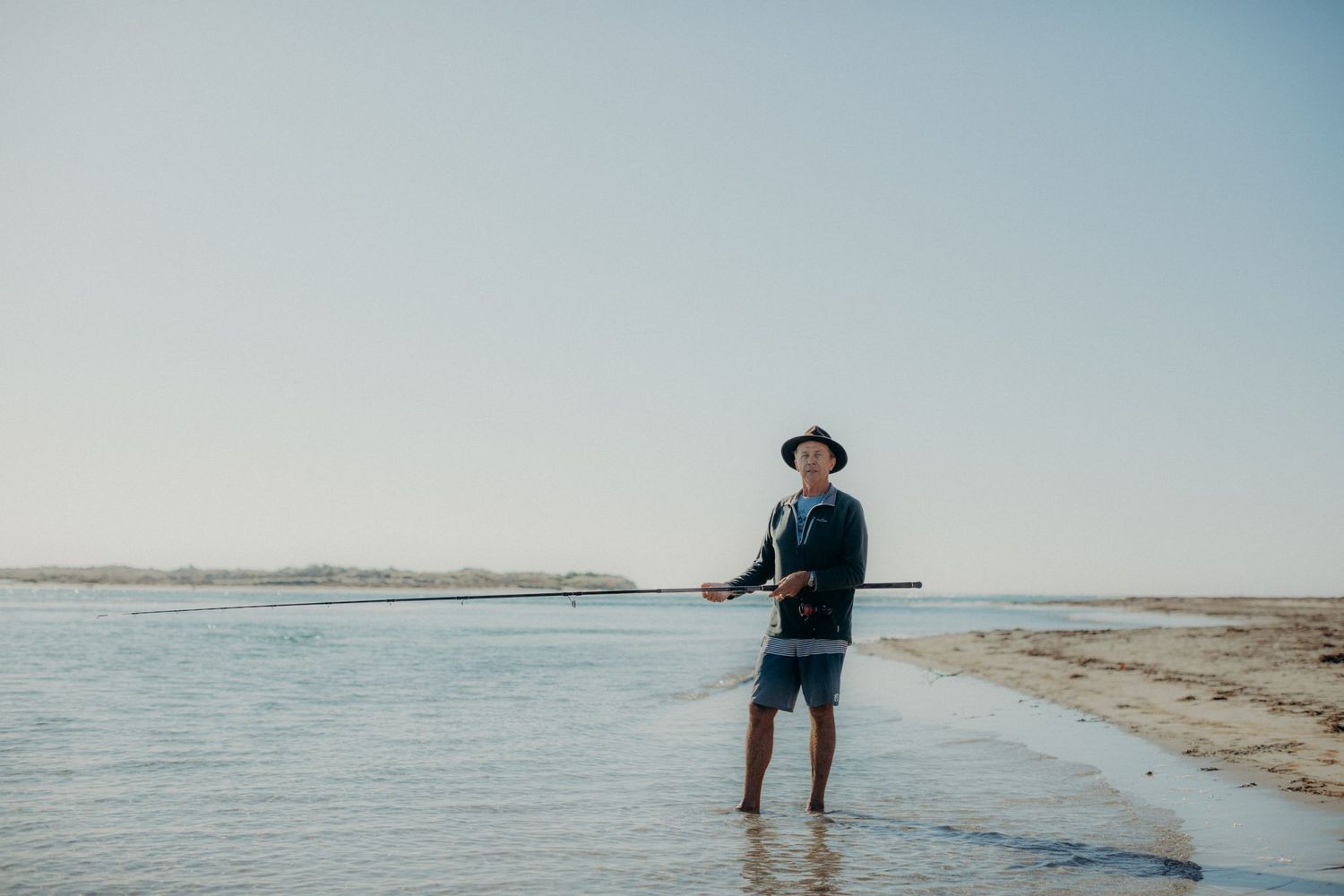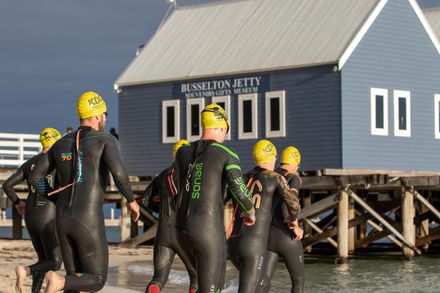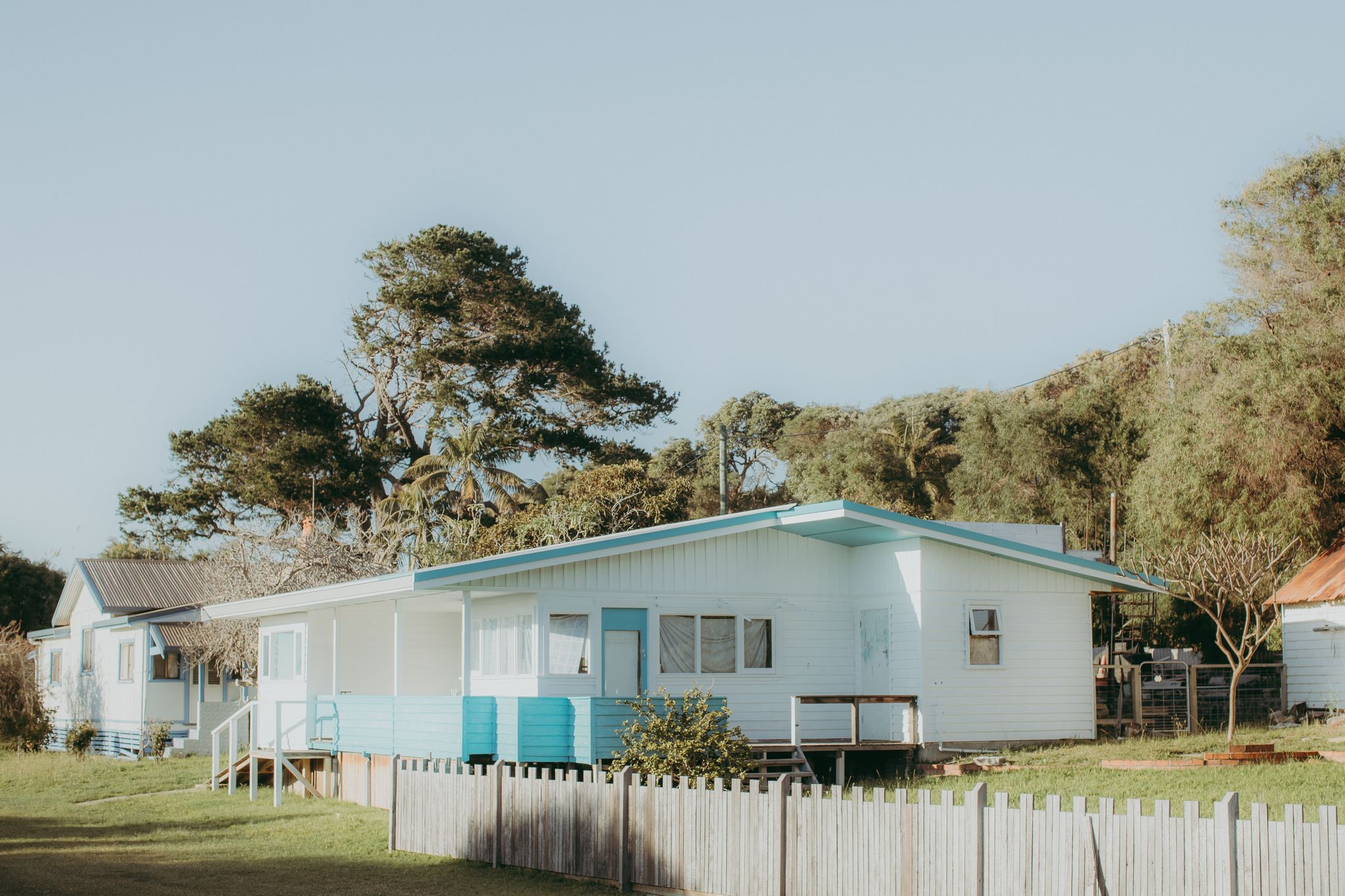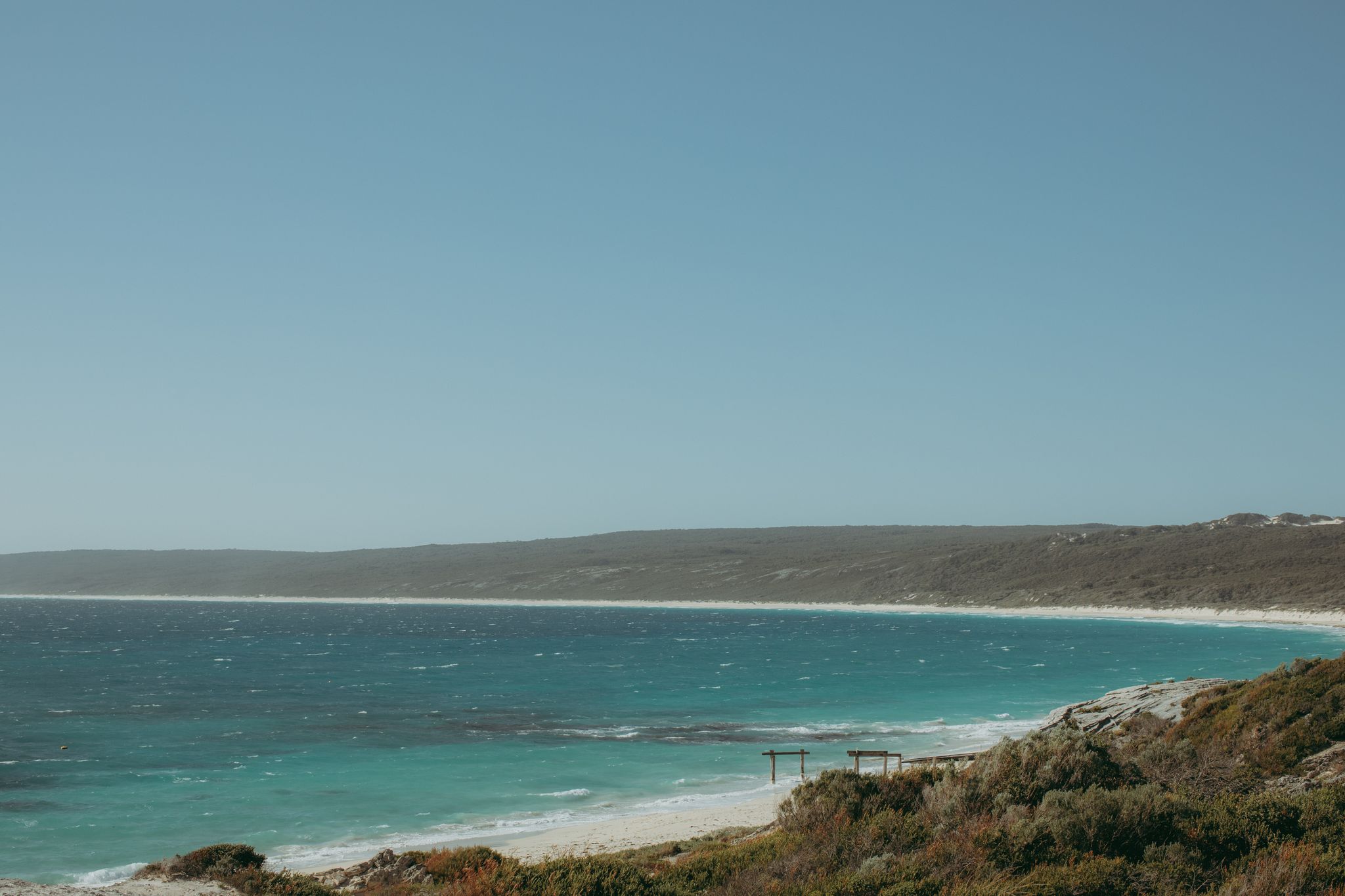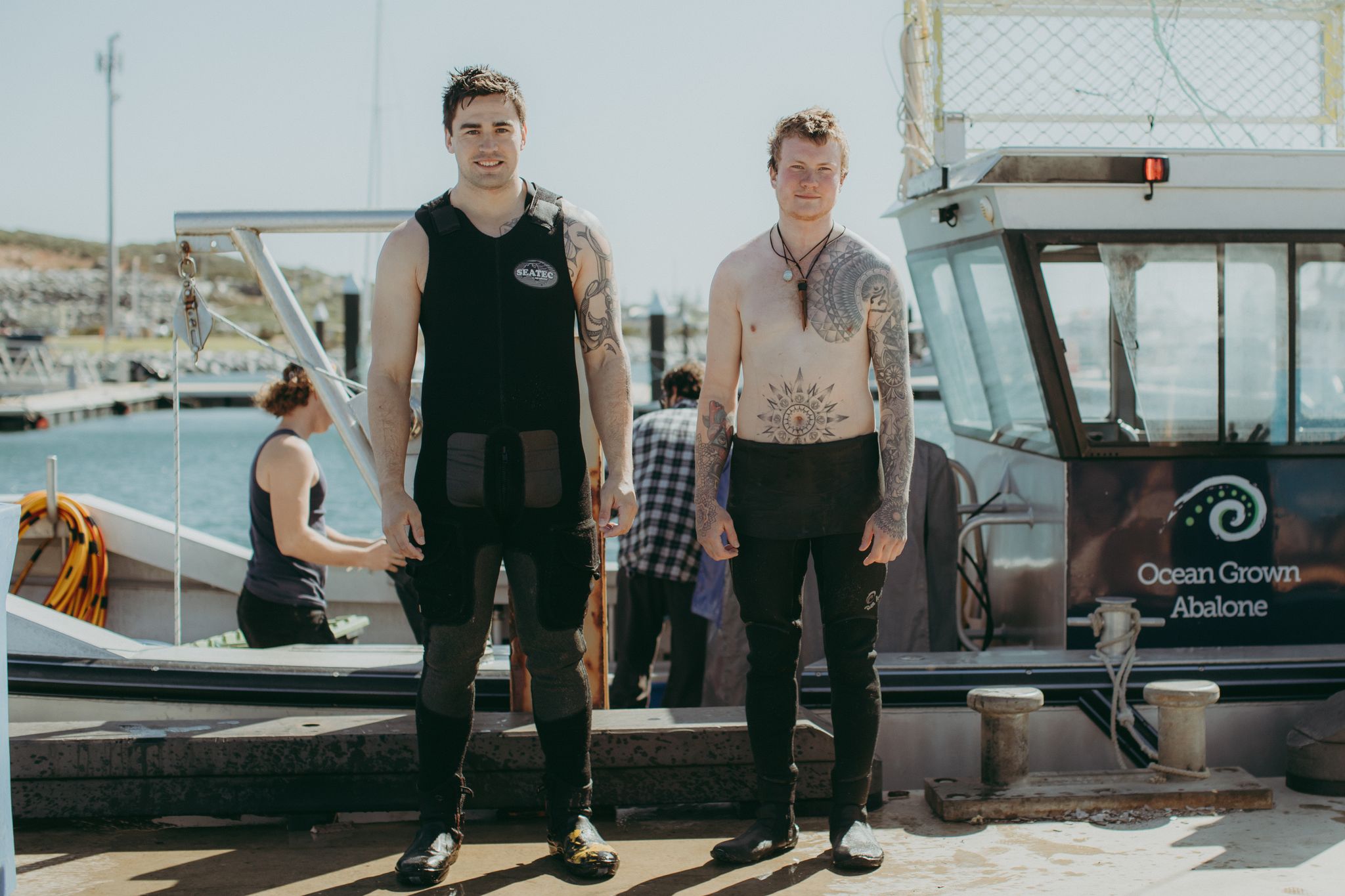Take even the smallest step back into Augusta’s history, and you’ll discover the little cape town isn’t quite what it seems.
Kathy Tritton, the President of the Augusta Historical Society, is someone who knows this firsthand.
“I came down to the Augusta area with one of my foster families to visit the cave and the lighthouse,” she says. “My husband and I later moved down here, and over time you pick up bits and pieces; something intrigues you and you go looking for a bit more.”
Kathy lives on Molloy Island; a 15 minute car ride, plus a barge crossing, from Augusta’s main strip. In the old days Kathy ran a souvenir store in town. Now, she volunteers at the Augusta Historical Museum, where she shares the stories she collects.
“Augusta has been a tourist place for so long, we’re talking generational holidaymakers, people who came down with their grandparents, who came down here honeymooning,” she says. “There is a special feeling, you really can’t put your finger on it.”
